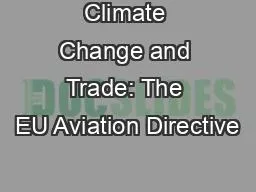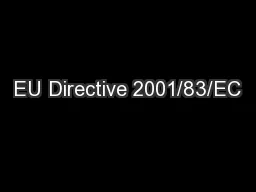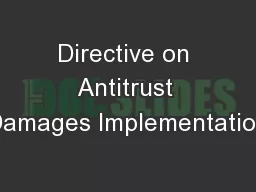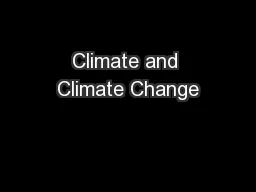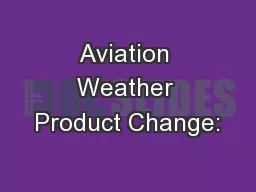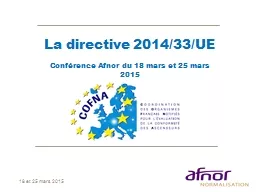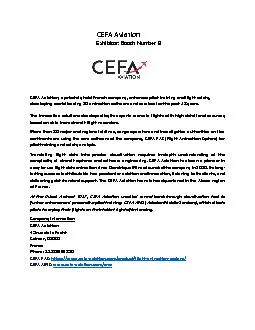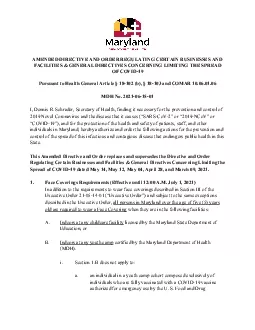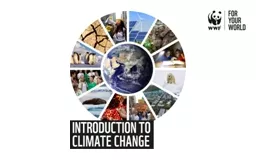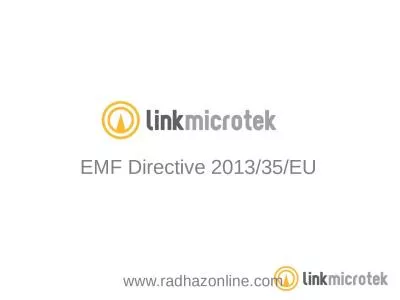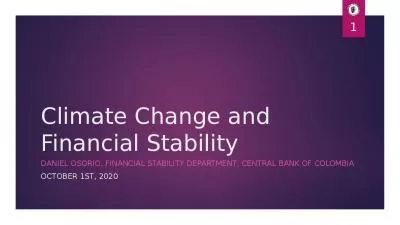PPT-Climate Change and Trade: The EU Aviation Directive
Author : nephewhers | Published Date : 2020-08-26
Dr Joshua Meltzer Fellow Brookings Institution The UN Climate Change Negotiations The UNFCCC The Parties to the Kyoto Protocol Does not include the US Conference
Presentation Embed Code
Download Presentation
Download Presentation The PPT/PDF document "Climate Change and Trade: The EU Aviatio..." is the property of its rightful owner. Permission is granted to download and print the materials on this website for personal, non-commercial use only, and to display it on your personal computer provided you do not modify the materials and that you retain all copyright notices contained in the materials. By downloading content from our website, you accept the terms of this agreement.
Climate Change and Trade: The EU Aviation Directive: Transcript
Download Rules Of Document
"Climate Change and Trade: The EU Aviation Directive"The content belongs to its owner. You may download and print it for personal use, without modification, and keep all copyright notices. By downloading, you agree to these terms.
Related Documents

